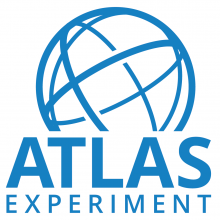Access to Collaboration Site and Physics Results
ATLAS Collaboration
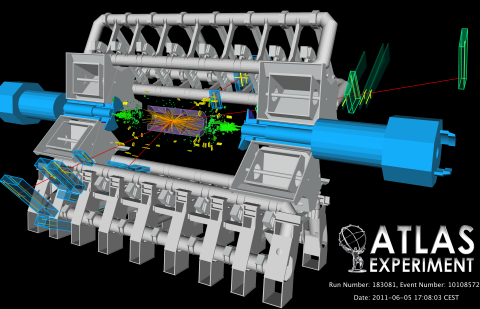
ATLAS at Lepton-Photon 2011, Mumbai
The ATLAS Collaboration is pleased to be presenting its latest results at the Lepton Photon 2011 conference in Mumbai 22-27 August 2011.
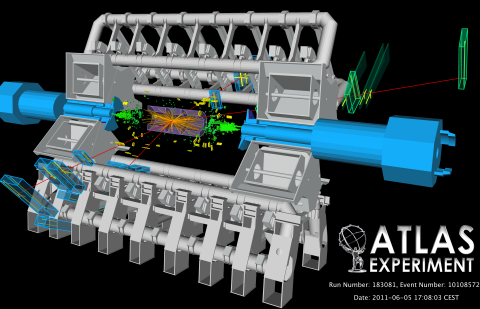
ATLAS Presents New Results at Lepton Photon 2011
The ATLAS Collaboration is pleased to be presenting its latest results at the Lepton Photon 2011 conference in Mumbai 22-27 August 2011.
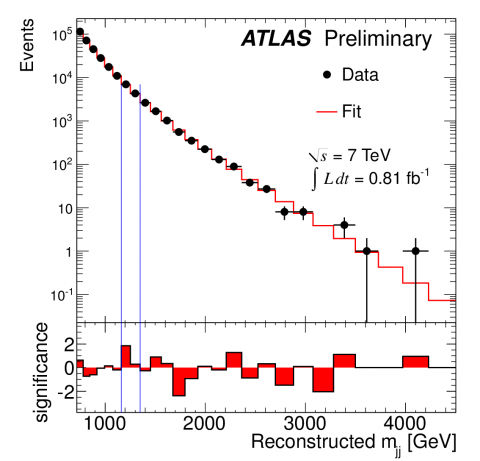
ATLAS results revealed at EPS HEP 2011 conference in Grenoble
Many members of the ATLAS Experiment Collaboration have been at the European Physical Society's HEP 2011 conference in Grenoble, France, this week, revealing the results of 35 new and exciting physics analyses for the very first time.
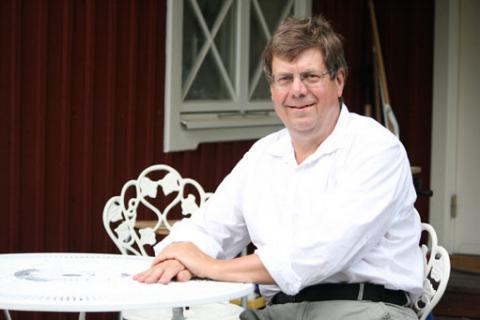
Bengt Lund-Jensen
“In Sweden you can go out dancing in the summertime, where they play popular music but adapted for dancing,” says Stockholm native Bengt Lund-Jensen. Nine years ago, he decided to re-visit the dances of his undergrad days in pursuit of fitness, and now he spends his summers stepping out with other Scandinavians in the midnight twilight.

ATLAS Preparing for Collisions in Late-2009
The most recent schedule envisions beam reaching ATLAS in late November with low-energy collisions shortly thereafter.
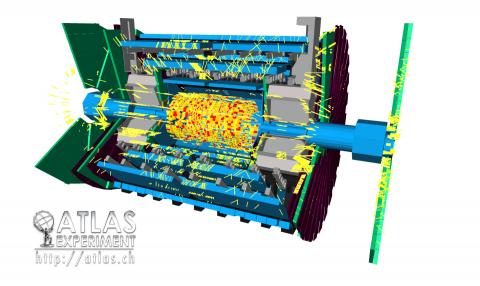
ATLAS preparing for collisions in mid-2009
The full ATLAS Experiment has been operational and taking cosmic ray data since September 2008, and high-energy collisions are scheduled for late summer 2009. Data from cosmic rays that hit the ATLAS detector are valuable to calibrate and synchronize the many detector elements. Even more exciting were the so-called “splash events” that occurred as the LHC was being tuned up starting 10 September 2008.
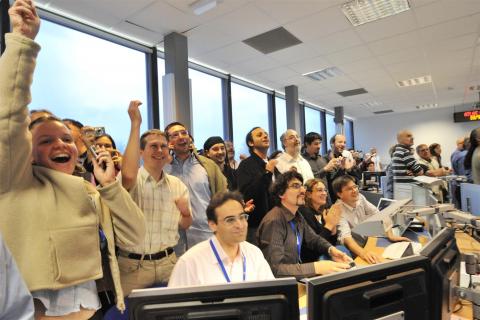
First beam and first events in ATLAS
ATLAS experimenters celebrated today as the first beams circulated the Large Hadron Collider in both directions. While everyone was cheering in the LHC control room, the cheers were echoed in the ATLAS and other control rooms, and in several auditoriums around CERN.
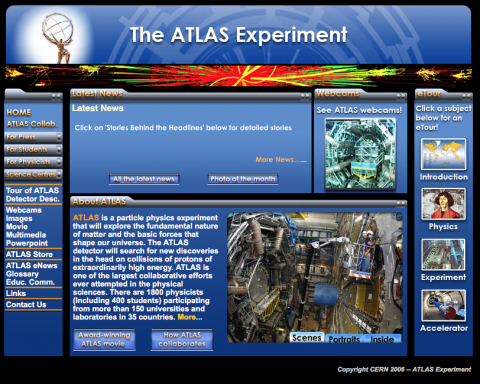
Atlas.ch Website Surpasses 1 Million Hits in 2007
The anticipation on site in Switzerland is tangible as the final steps in the construction of the ATLAS detector get underway, ahead of the LHC switch-on later this year. But whilst all the hard work is going on down in the pit, a small team of people are toiling equally hard to bring that sense of excitement and wonder out into the wider world, and throw open a window onto what will be the biggest experiment in the history of human kind.
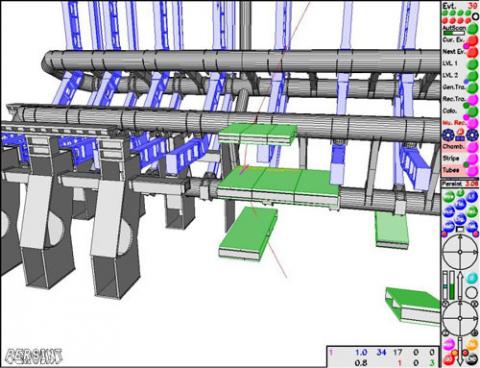
Triggering and measuring bent cosmic muon tracks with the muon spectrometer barrel for the first time
Data have recently been collected with the toroidal magnetic field will provide for the first time the measurement of the cosmic ray muons' momenta in the ATLAS experiment and allow studies on trigger optimization, chamber calibration, chamber alignment and magnetic field maps. More than one million events were acquired. They are now being analyzed by enthusiastic members of the collaboration.
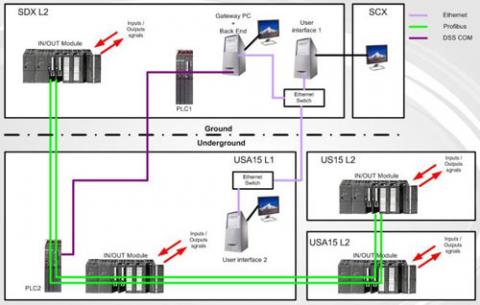
The ATLAS Detector safety system
The ATLAS Detector safety system (DSS) has the mandate to put the detector in a safe state in case an abnormal situation arises which could be potentially dangerous for the detector. It covers the CERN alarm severity levels 1 and 2, which address serious risks for the equipment.


